Walter Darby Bannard is an abstract painter. He was a longtime friend of the critic Clement Greenberg and the painter Jules Olitski, and you could place him squarely in that camp, however you might label it: modernist, formalist, Abstract Expressionist. Conventional wisdom about this style of art has been rendered worthless for reasons beyond the scope of this essay, but it holds that it is concerned with pure essence of painting, excluding all content, referring only to its heroic self.
As a practitioner, it’s a different story. One doesn’t worry about purity. One casts one’s line in the creative waters and tries not to complain about the species of fish that comes up as long as it’s edible. The process entails more humility than heroism, more idle musing than grand inspiration. Bannard’s work took a significant turn two years ago when his line reeled in Krazy Kat.
Bannard calls his current painting method “brush/cut/fill.” He begins by stretching canvases on the floor and staining them with thinned acrylics. Next, he applies high volumes of paint dispersed in gel medium using large brushes, even brooms. While the paint is wet, he cuts into it with squeegees, opening spaces and exposing the stained backgrounds. Finally, he fills these spaces with foreground elements by various means, brushing, pouring, or slinging the paint as necessary.
“When I evolved this brush/cut/fill method a couple years ago, the forms started looking organic and figurative because the method just made it so,” says Bannard. “I was not comfortable with this, but I tried to go with it. I began to feel that I needed some kind of centering element, like a landscape painter has landscapes, just to narrow the range of forms. I got the idea to look at Krazy Kat again in the spring of 2009.” Bannard went on the Internet and to the library, printing out and photocopying George Herriman drawings that caught his attention. By June, Krazy Kat characters began to show up in the paintings, albeit in a highly abstracted form.
Why Krazy Kat? “I have loved Krazy Kat since I was a young kid, when it was current in the funnies. I love the drawing, the weird forms and landscapes, and the eccentric color. It was a kind of surrealism that got to me much more than ‘art’ surrealism ever did. In fact, cartoon techniques always interested me more than ‘art’ techniques, aside from heavy stuff like Impressionism, Cubism and some Abstract Expressionism. I love skills and all the drawing tricks and gimmicks and technical things. When I was a cartoonist in college I made a real study of them, when I should have been studying for courses.”
It proved effective. “I struggled somewhat with this new figuration in my painting, and Krazy Kat gave me something I found affecting and could use as a formal reference. There is surrealism that really works and is full of humor in Steinberg and Herriman and Miro and a few others, ‘literary’ without being annoyingly ‘meaningful,’ even in Tanguy, although he was a lousy painter.”
Such inspirations, however useful, have a finite lifespan. Bannard has moved on. “The Krazy Kat references seem to have faded away early last year and now I don’t look at them at all. The paintings have gotten more abstract, through no deliberate process, but once again, just by letting them go where they will go.”
All paintings are 2009,copyright Walter Darby Bannard, acrylic on canvas.
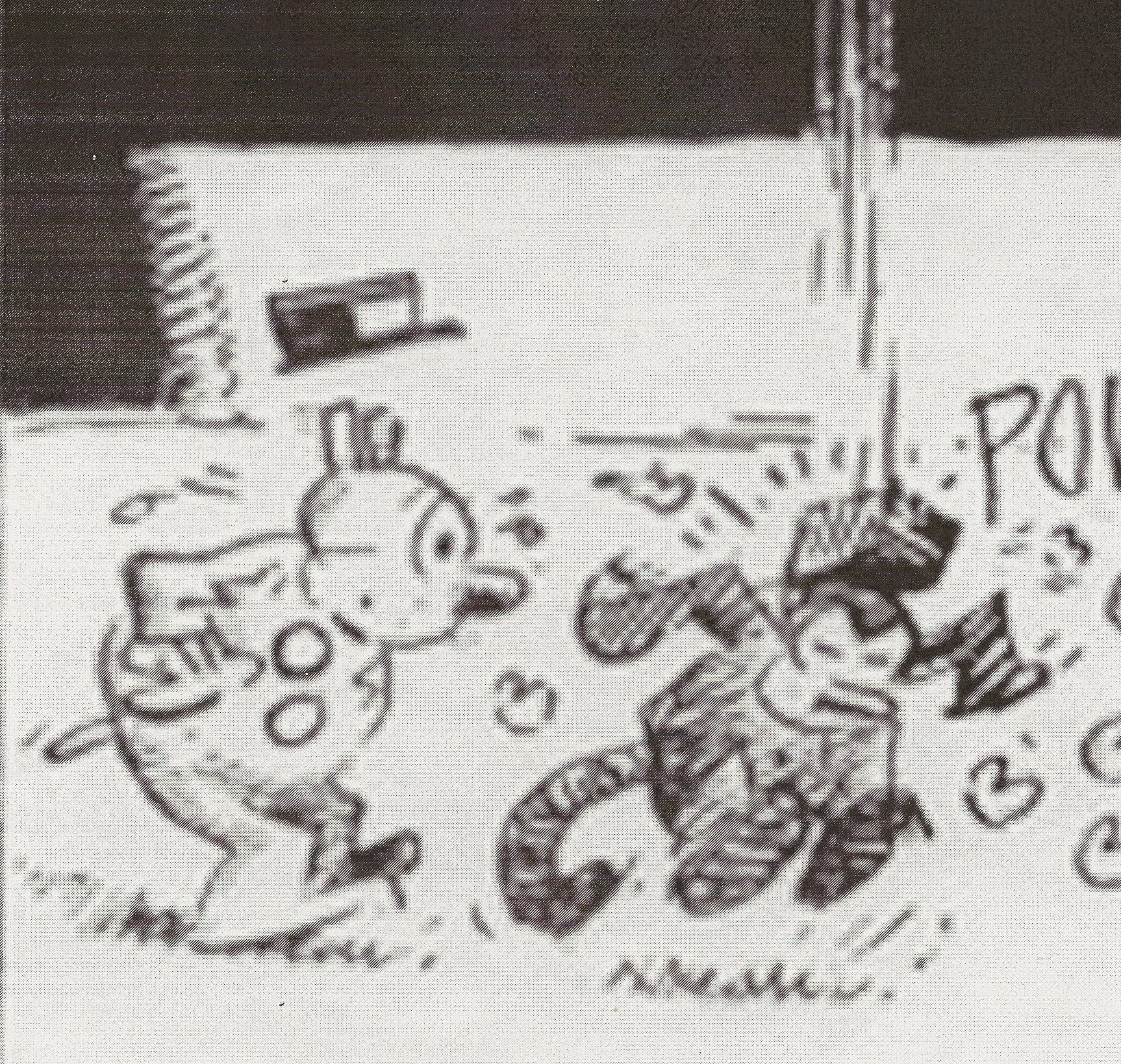

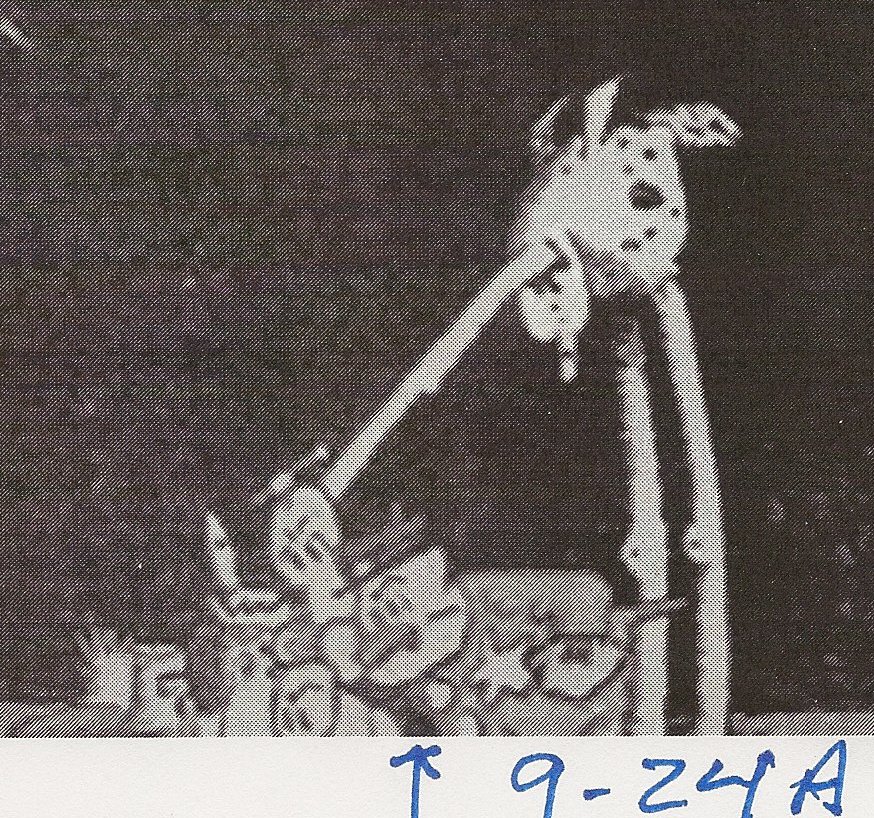
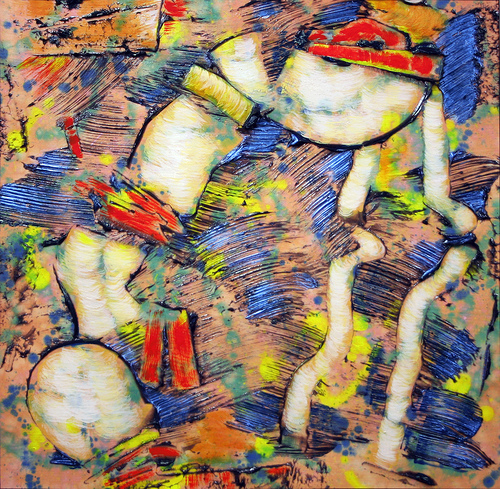
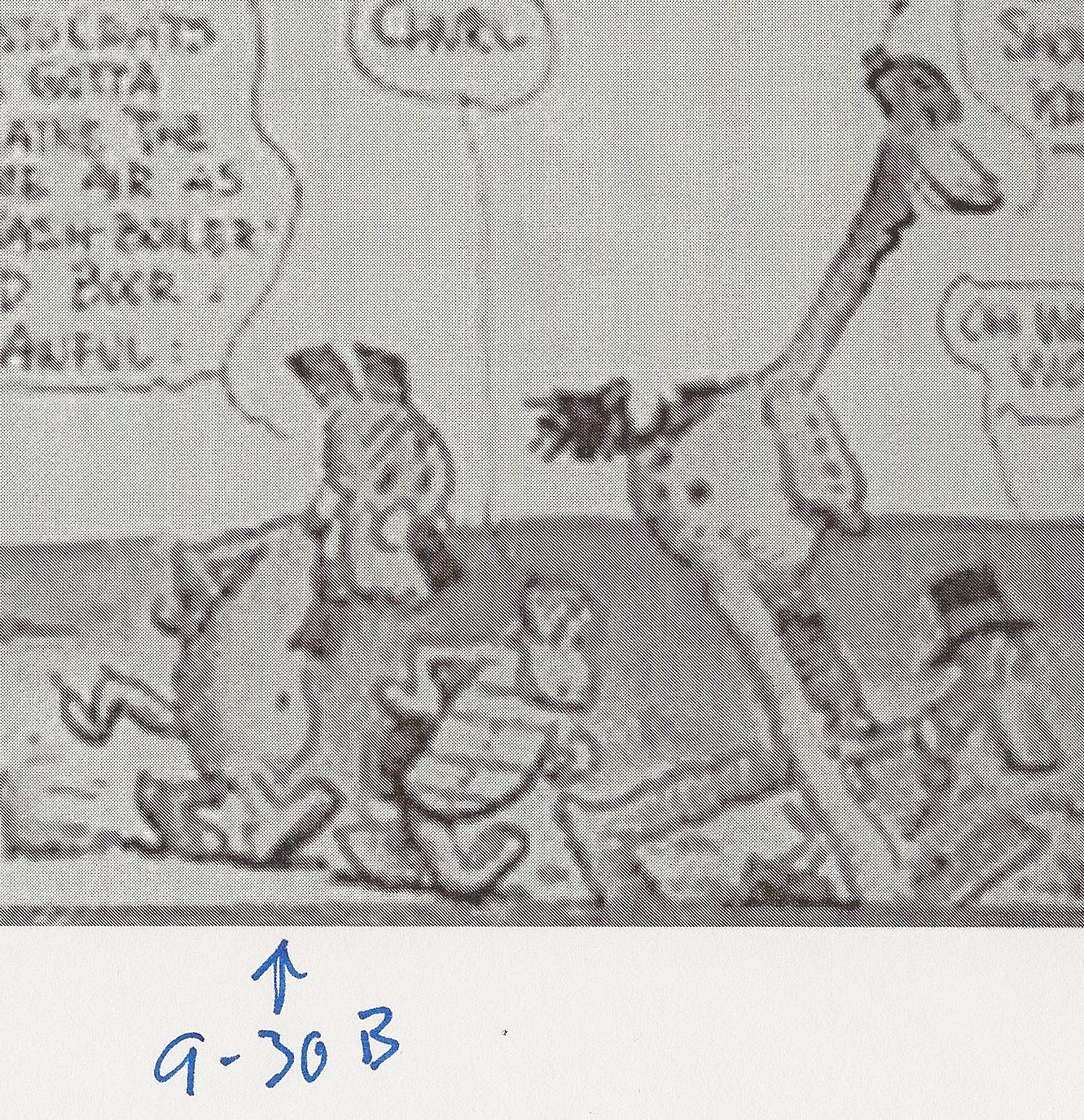
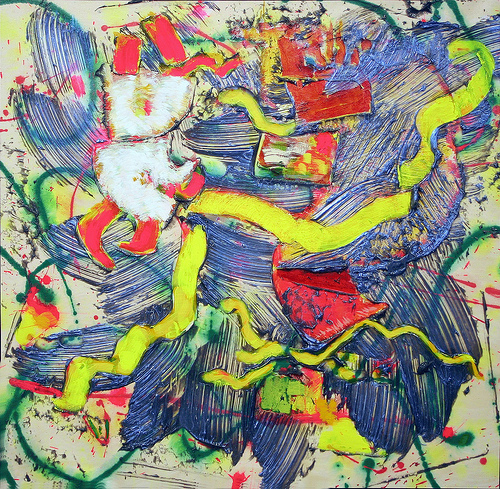
Hey Franklin. You’ve sort of gently placed the gauntlet, rather than tossing it down…but I do think it’s worth pointing out that the searching for truth-in-practice which you describe isn’t exactly opposed to the heroic narrative you dismiss. On the contrary, artist-as-humble-seeker is a very common hagiographic technique.
Which isn’t at all to invalidate either abstraction or copying. A lot of my own artwork has actually involved copying/abstracting from illustrational sources, so I’m hardly in a position to denigrate that!
No argument there. I’m just saying that the cliché is only as true as far as clichés go in general.
Additional context for them who wants it: The paintings are He Loves Me Not, Going Under, and Crooked Mile. I edit the online archive of Walter Darby Bannard’s writings, which is full of worthy material.
I once had a dream about George Herriman becoming an abstract painter. Now I feel like that dream is fulfilled. Thanks for this article, Mr. Einspruch!